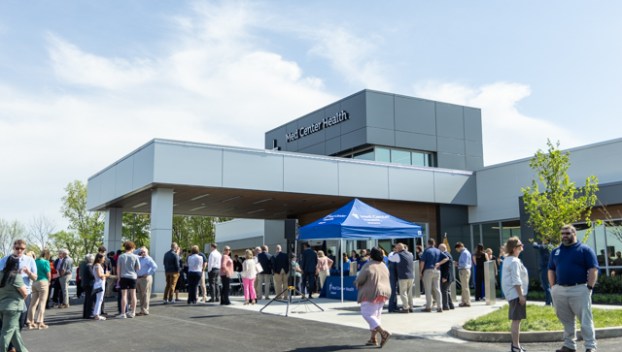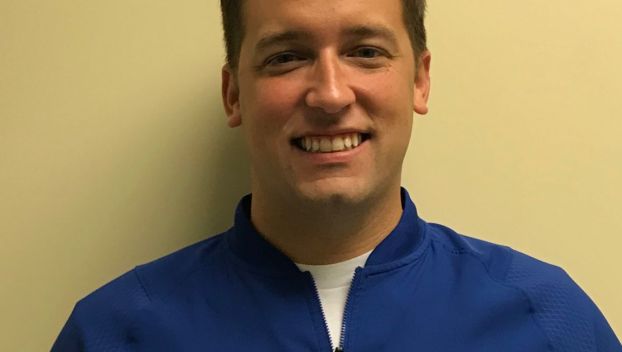
News
SLIDE SHOW: Med Center raises final beam on High Street Tower
Med Center Health employees and officials gathered to watch the final beam be raised and installed on the ... Read more

Med Center Health employees and officials gathered to watch the final beam be raised and installed on the ... Read more

BY DAVID MAMARIL HOROWITZ david.horowitz@bgdailynews.com Med Center Health plans to open its Glasgow facility Monday, providing primary ... Read more

Med Center Health officials and doctors, as well as Barren Inc. board members, community members and representatives of ... Read more

Med Center Health officials, along with representatives from Intuitive Health, Kelley Construction, Stengel Hill and others, broke ground ... Read more

The Med Center Health Foundation’s Make the Season Bright Program celebrated the lighting of the Hospitality House for ... Read more
By DAVID MAMARIL HOROWITZ david.horowitz@bgdailynews.com In recent weeks, Mary Hardeman’s two younger children contracted Mycoplasma pneumonia, also known ... Read more
The Medical Center at Bowling Green has received the American Heart Association/American Stroke Association’s Get With The Guidelines ... Read more

Med Center Health’s Dental Clinic wants the community’s help to secure a $25,000 grant from State Farm Neighborhood ... Read more

The Medical Center at Bowling Green is now offering a procedure that helps prevent blood clots and strokes ... Read more
Eric A. Hagan, executive vice president for rural hospitals for Bowling Green-based Med Center Health, has been appointed ... Read more